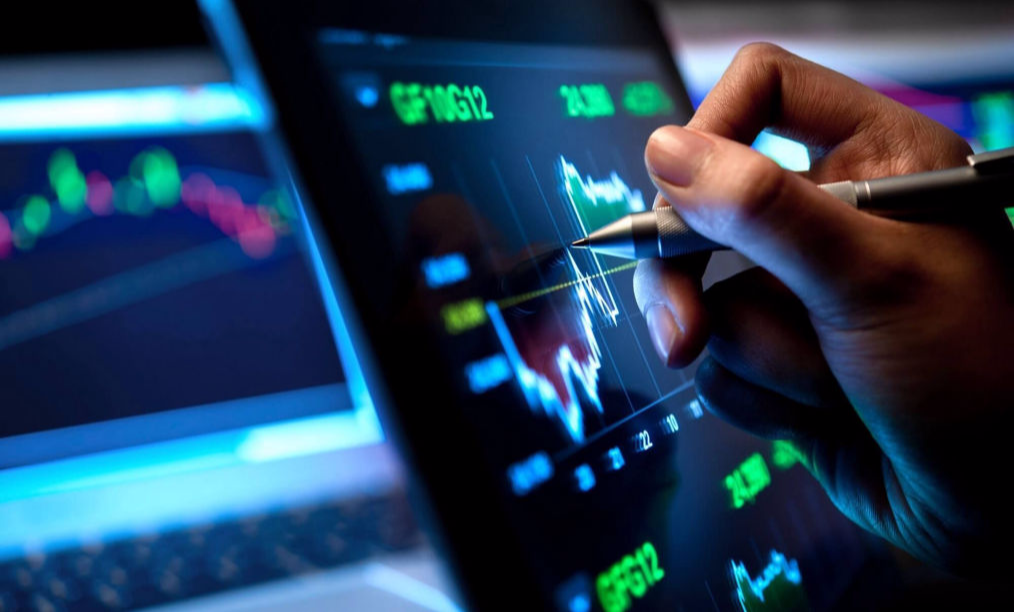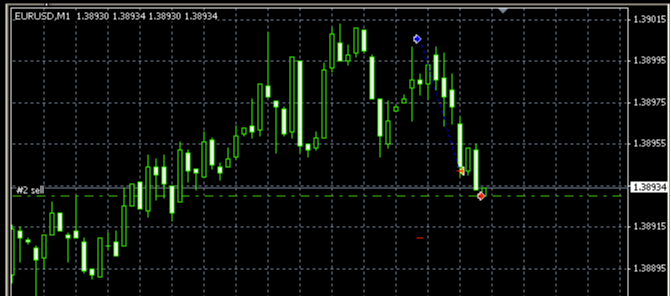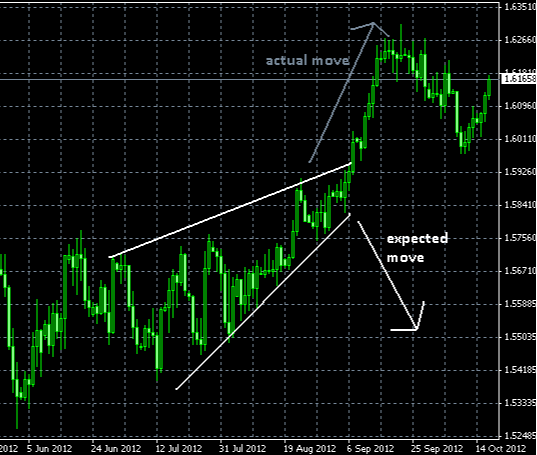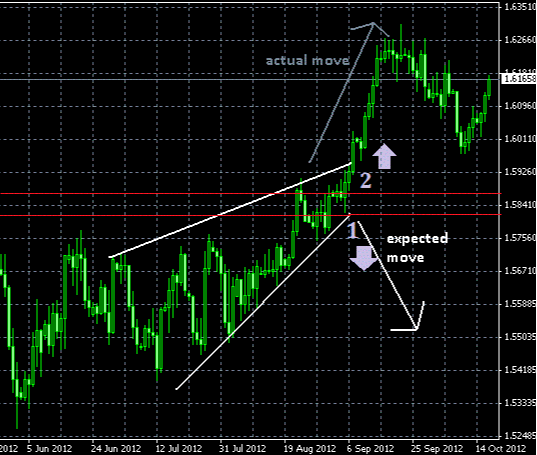Machine learning is closely related to (and often overlaps with) computational statistics, which also focuses on predictions-making through the use of computers. It has strong ties to mathematical optimisation, which delivers methods, theory and applications domains to the field.
It is sometimes conflated with data mining, where the latter sub-field focuses more on exploratory data analysis and is known as unsupervised learning. It can also be unsupervised and be used to learn and establish baseline behavioural profiles for various entities and then used to find meaningful anomalies.
Within the filed of data analytics, machine learning is a method used to devise complex models and algorithms that lend themselves to prediction; in commercial use, this is know as predictive analytics. These analytical models allow researchers, data scientists, engineers and analysts to "produce reliable, repeatable decisions and results" and uncover "hidden insights" through learning from historical relationships and trends in the data.





